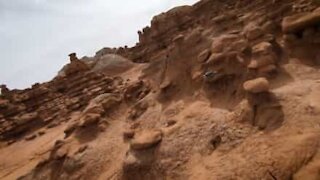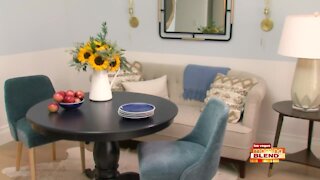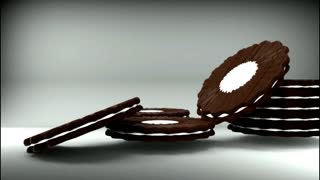A museum design : Design process revealed through writing on landscape
Location : Song Do, Incheon, South Korea
Title : Writings on Landscape - Museum of World Writing
“Writing is a medium of human communication that represents language and emotion with signs and symbols. In most languages, writing is a complement to speech or spoken languages. Writing is not a language, but a tool developed by human society.” It is a great task to trace back cultural heritages through studying and developing forms and styles from various ethnic backgrounds of each different writings and writing systems. In this immediate understanding on the matter, we are overwhelmed by the fact the expression on the museum of world writing can be too vast and tremendous. However, creating the architectural form for the Museum of World Writing will be very much rewarding historical event, if we can express, as architects, into a form of conglomeration that brings the sense and beauty of the world writings.
The location of the museum is centered at ‘The Central Park’ of the city and it provides a place for people around to relax and enjoy open green nature of the town and sceneries around the city to view from their high-rise residential or office towers. By the given context, we intended to use the landscape as a major part of the design element and wanted the museum building a simple form to reflect the surroundings together with characteristics of writings and their various systems. Hence, we simply start to draw our imagination on the site as if we are writing various written characters from countries in the world on a notebook.
Parts of written characters on landscape are vertically erected to be viewed from the horizontal landscape by preserving parking space underground to minimize waterproof issues due to excavation on the reclaimed land. Vertically standing letters are engraved to the wall. Two main rectangular exhibition areas are inter-connected through this wall which becomes bridges of two buildings; thus, they become transitional space from A to B exhibition, library to cafeteria, office to canteen, etc. giving various and continuous exhibition space in sequential circulation.
Façade materials, reflective corrugate metals, are chosen to reflect surroundings to be well mingled into the landscape. The existence of the form is invisible into the nature, yet it stands still. At the end, The architecture of the world writing is concluded as an art of conglomeration implicitly in landscape and explicitly behind built facade.
-
 49:51
49:51
HawaiiReal
3 years ago4 Step Design Process, FITTED Hawaii co-owner Keola Rapozo, Problem solving through Design, podcast
33 -
 0:41
0:41
Buzzvideos - EN
3 years agoDrones fly through alien landscape
34 -
 1:35
1:35
3D Landscape Designs by 369 Design, LLC
3 years agoLandscape Design for a Complete Backyard Makeover in Bellair, FL
94 -
 4:09
4:09
Cultural project in architecture
3 years agoFloral Ice - Design proposal for Museum of Guggenheim in Helsinki, Finland
307 -
 1:56
1:56
KERO
4 years agoBringing awareness through design
8 -
 1:52
1:52
WEWS
3 years agoFairport Harbor Creamery helping Fairport Harbor Lighthouse Museum through donations
5 -
 0:39
0:39
Davidtheexplorer
3 years ago $0.23 earnedWeird design
4041 -
 1:30
1:30
KTNV
3 years agoFall Design Tricks
153 -
 0:40
0:40
ENORM ART BY Monder Talmoudi
3 years agoDesign 3D cookies milk
83 -
 0:36
0:36
ENORM ART BY Monder Talmoudi
3 years agoDesign Sandwich Hamburger 3D
80